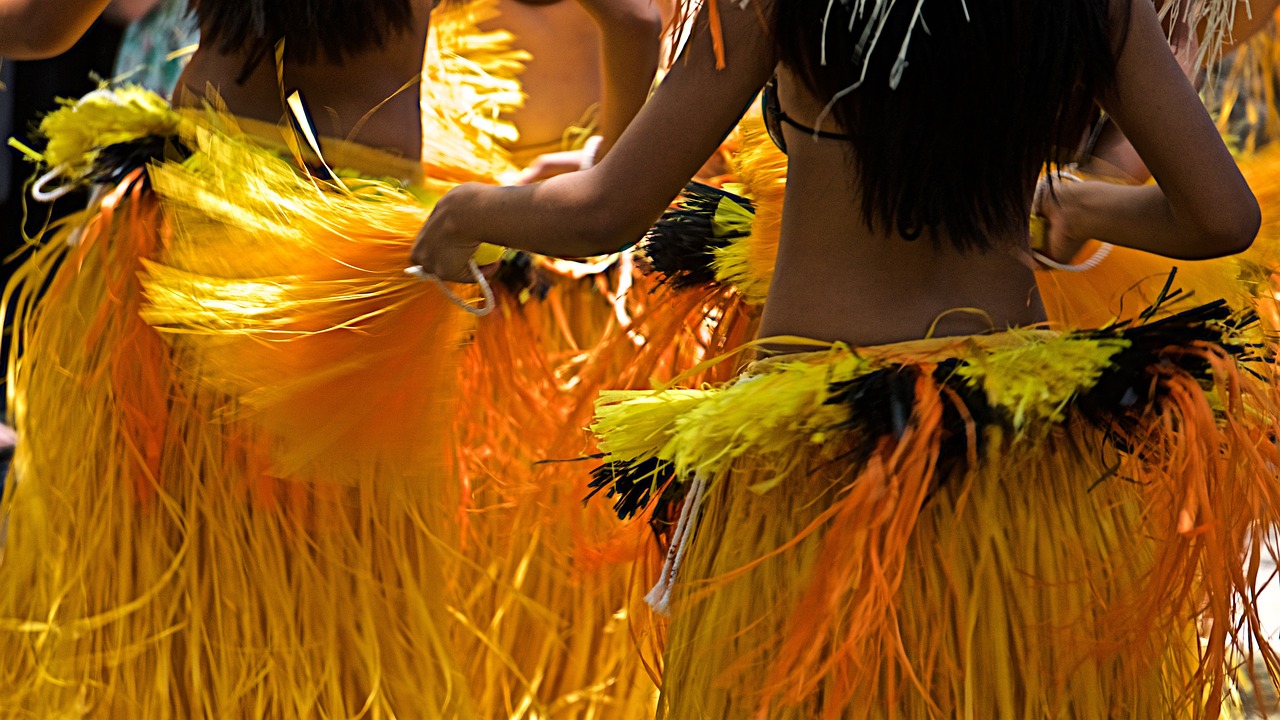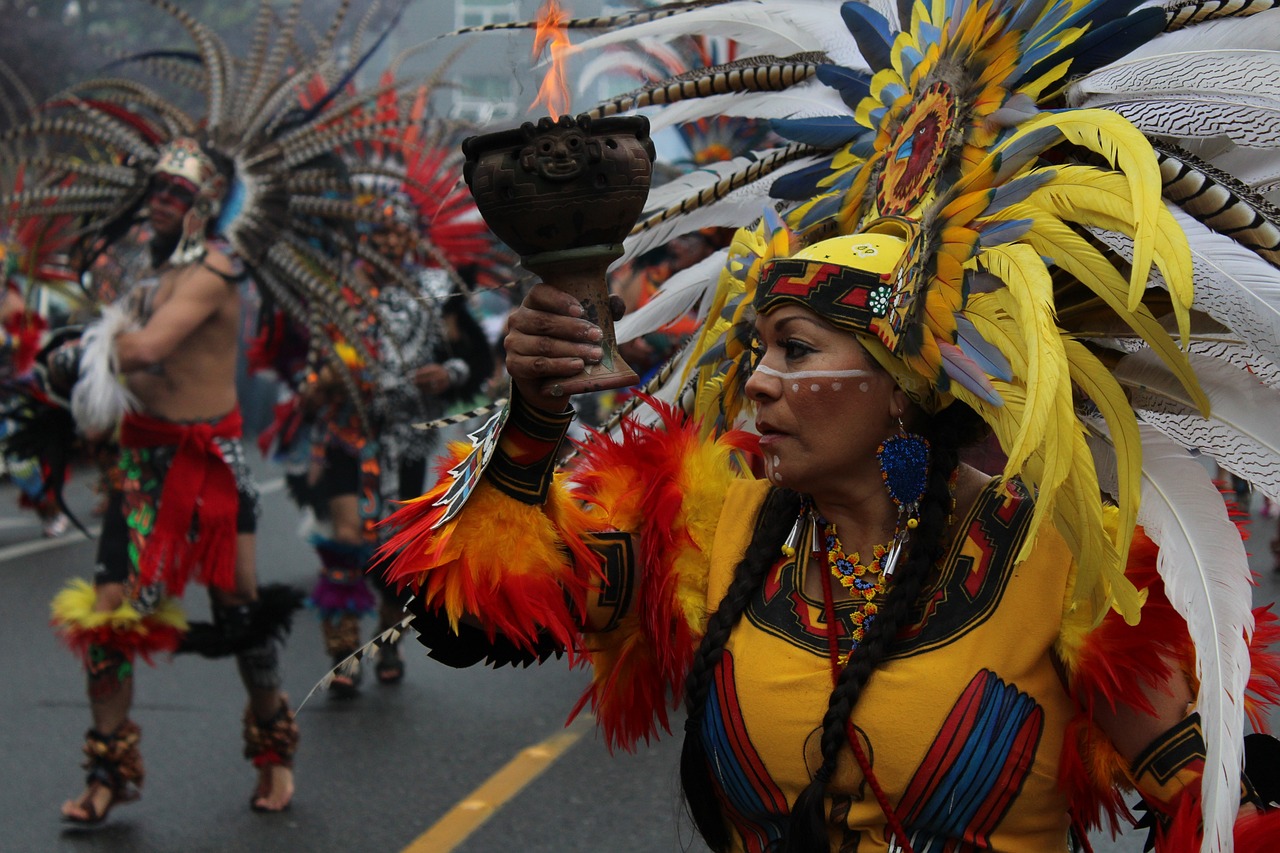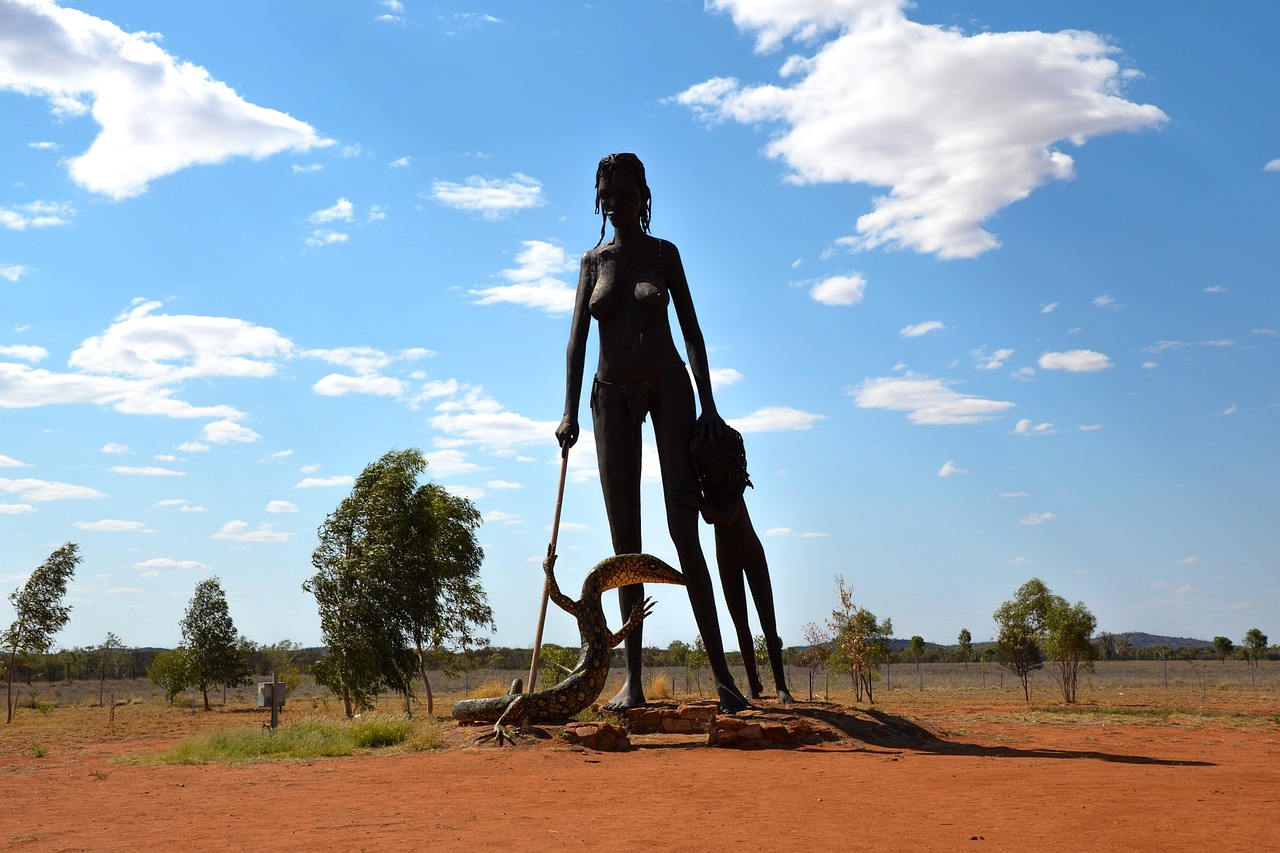Travelling isn't just about the physical journey from one point to another. It's about being transported to different times, exploring age-old customs, and diving deep into the ways of people long gone. The ancient world was full of curious traditions, some that might seem bizarre or fascinating to our modern sensibilities. In this article, we journey back in time to uncover 40 of the most unique customs from the annals of history.
1. Egyptian Mummification
The ancient Egyptians believed in the afterlife, and preserving the body was crucial for the journey there. Mummification involves removing internal organs, treating the body with preservatives, and wrapping it in linen. This process protected the deceased and ensured a safe passage to the beyond.
 Image by Alexandra_Koch from Pixabay
Image by Alexandra_Koch from Pixabay
2. Greek Symposia
The Greeks knew how to throw a party. Symposia were exclusive drinking sessions where men gathered to discuss philosophy and politics, all while reclining on special couches. Musicians, dancers, and even professional conversationalists spiced up these intellectual gatherings.
 Image by morhamedufmg from Pixabay
Image by morhamedufmg from Pixabay
3. Roman Gladiatorial Games
Coliseums in ancient Rome weren't just for sporting events. Gladiatorial games were brutal combat spectacles where gladiators, often slaves or prisoners, fought for their lives. These battles were viewed as both entertainment and religious ceremonies.
 Image by Severin Herrmann from Pixabay
Image by Severin Herrmann from Pixabay
4. Chinese Foot Binding
For centuries in China, small feet were seen as a sign of beauty. Young girls' feet were bound tightly to prevent growth, resulting in a delicate and often painful gait. Though seen as attractive at the time, this custom was thankfully abolished in the 20th century.
 Image by b13923790 from Pixabay
Image by b13923790 from Pixabay
5. Mayan Ball Games
The Mayans played a unique ball game where teams competed to hit a rubber ball through a high stone hoop. More than just a sport, this game had religious implications, and sometimes, the stakes were life or death for the participants. Dating back over a thousand years, these games often served as a reflection of the Maya's complex cosmology and societal values.
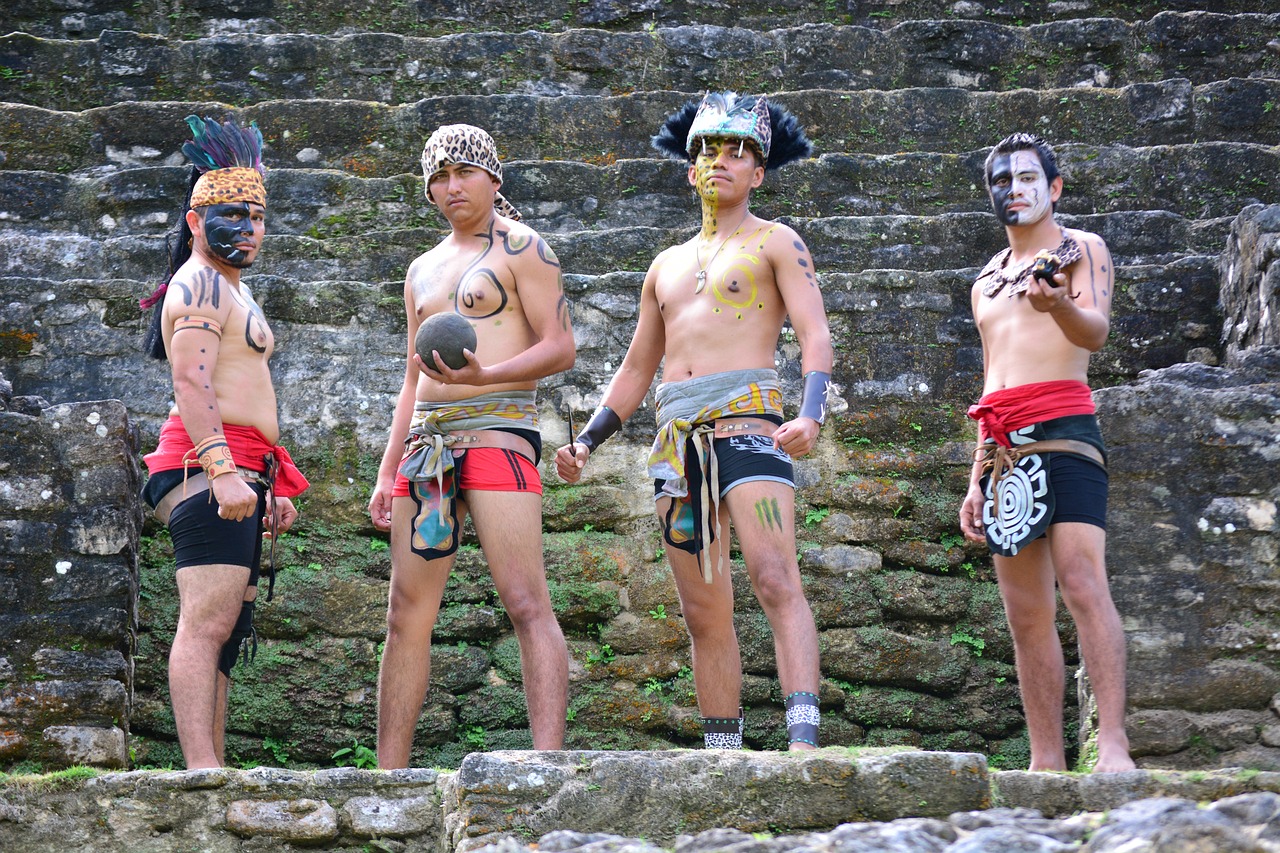 Image by Eric Cal from Pixabay
Image by Eric Cal from Pixabay
6. Viking Ship Burials
The Vikings believed in grand send-offs. Distinguished individuals were often buried in ships with their belongings, weapons, and sometimes even sacrificed slaves. These ships sailed them to the afterlife, showcasing the Vikings' deep-seated maritime culture.
7. Spartan Upbringing
The Spartans were an ancient Greek warrior society known for their military prowess and discipline. Spartan boys started military training at seven. They were subjected to rigorous discipline, toughened through physical challenges, and taught to endure pain. This training moulded them into fierce warriors and loyal citizens.
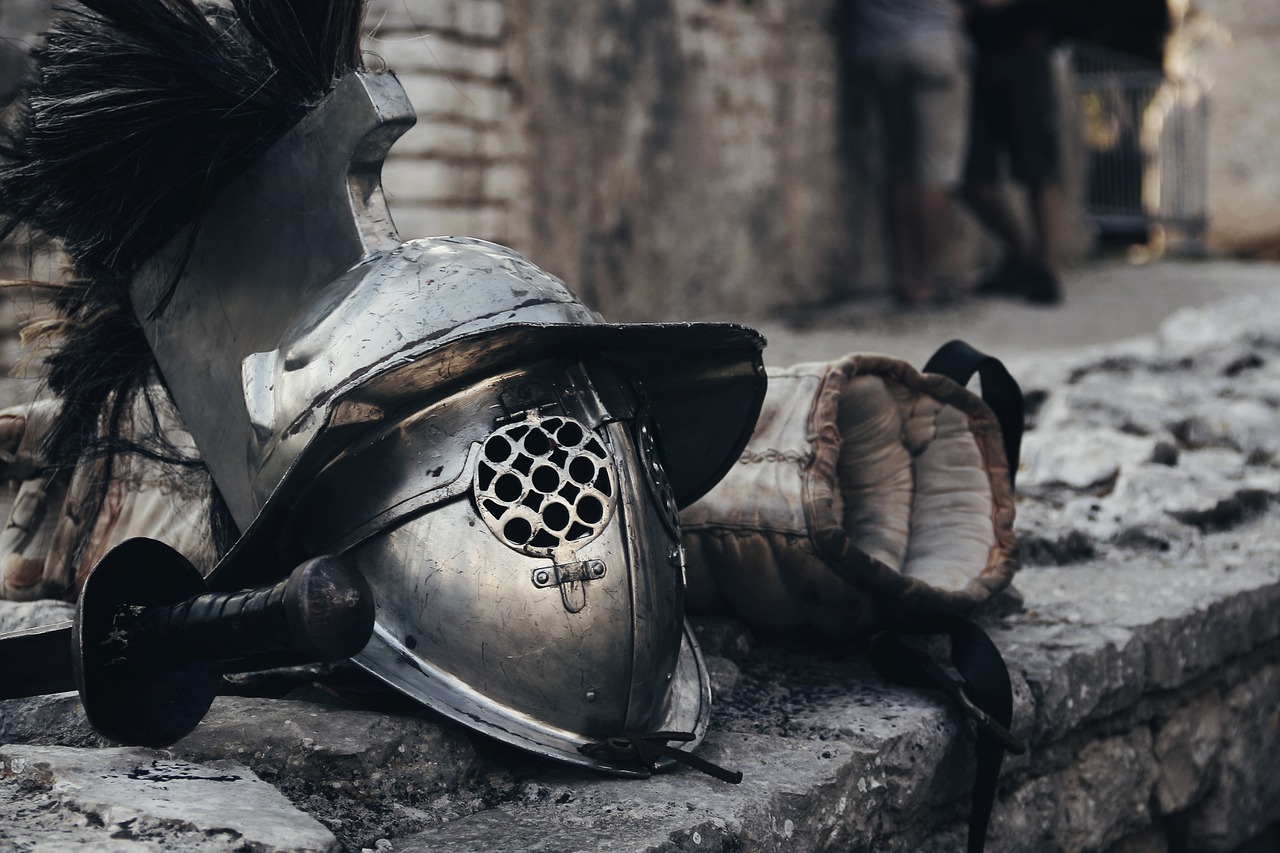 Image by ArsAdAstra from Pixabay
Image by ArsAdAstra from Pixabay
8. Celtic Headhunting
The Celts are known for their influence on the development of European culture, particularly in areas such as art, language, and folklore. The Celts believed that the soul resided in the head. After battles, they would sever the heads of the defeated and display them as trophies. This not only showcased their prowess but also captured the spiritual essence of their foes.
 Image by krystianwin from Pixabay
Image by krystianwin from Pixabay
9. Indian Sati
Sati was a tragic custom where widowed women self-immolated on their husbands' funeral pyres. Sati involved a widow voluntarily or involuntarily (often under societal or family pressure) ascending her husband's funeral pyre and being consumed by the flames. It was seen as a way for the widow to display her devotion to her deceased husband and was often glorified as a supreme act of loyalty. While it is now illegal and widely condemned, it remains a significant aspect of India's historical and cultural heritage.
 Image by Jan den Ouden from Pixabay
Image by Jan den Ouden from Pixabay
10. Japanese Seppuku
Samurai in Japan practiced seppuku, a ritualistic suicide to restore honour after a failure or disgrace. It involved a person, typically a samurai, committing suicide by disembowelment as a means of restoring honour to themselves or their family after perceived disgrace or failure. Seppuku was deeply rooted in Japanese culture and had strict rules and procedures. While it is no longer a part of modern Japanese culture, it continues to be studied and remembered as a historical practice.
 Image by Samuele Schirò from Pixabay
Image by Samuele Schirò from Pixabay
11. Mesopotamian Divination
Divination played a crucial role in Mesopotamian society and was practiced by priests, scholars, and rulers. It was used for a wide range of purposes, including making decisions, interpreting omens, and understanding the will of the gods.Mesopotamian divination was an integral part of the culture and belief system of ancient Mesopotamia, reflecting the profound connection between the divine and the human realm in this ancient civilization. It served as a means to navigate the uncertainties of life and make important decisions in a world where the will of the gods was ever-present.
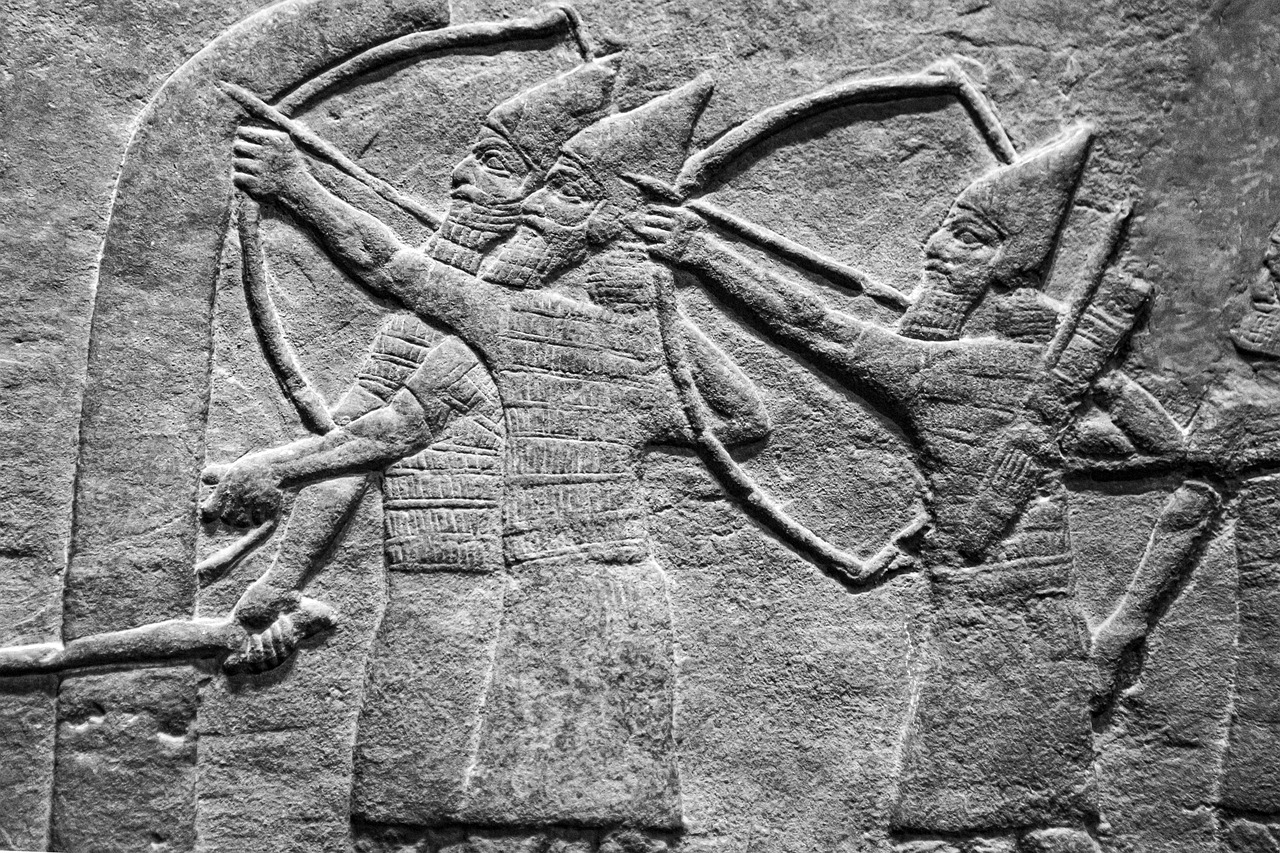 Image by Hulki Okan Tabak from Pixabay
Image by Hulki Okan Tabak from Pixabay
12. Aztec Human Sacrifice
Aztec sacrifice refers to the ritualistic practice of offering living beings to the gods as an act of worship and appeasement in Aztec religious ceremonies. To appease their gods, the Aztecs performed human sacrifices, believing that the deities needed nourishment from human hearts. This ritual ensured the sun's continued rise and the world's balance.
 Image by Michal Jarmoluk from Pixabay
Image by Michal Jarmoluk from Pixabay
13. Nubian Pharaoh Smoked Eyeliner
Nubian Pharaohs wore dark eyeliner made from smoked frankincense and kohl. The application of eyeliner had symbolic and practical significance. In addition to enhancing the eyes' aesthetics, it was believed to protect the eyes from the evil eye and ward off diseases. It also helped reduce glare from the sun's reflection on the sand, making it a practical choice in the desert environment.
14. Incan Capacocha
The Incas performed the Capacocha ceremony, where children were sacrificed to the gods atop mountains. Capacocha ceremonies were performed to appease the gods and ensure their continued favour and protection over the empire. The Incas believed that by making these sacrifices, they could prevent natural disasters, promote agricultural fertility, and maintain political stability. Though unsettling, this act was considered an honour, as the children were believed to serve as mediators between the gods and humans.
 Image by Felipe Lopez from Pixabay
Image by Felipe Lopez from Pixabay
15. Persian Paradise Gardens
Persian paradise gardens, also known as "Charbagh" or "Chahar Bagh," are a traditional style of garden design that originated in ancient Persia (modern-day Iran) and have had a significant influence on garden design in various parts of the world. These gardens are characterized by their carefully planned layout, use of geometric patterns, and integration of natural and architectural elements. These oases, often in arid regions, showcased their mastery of irrigation and their love for nature and aesthetics.
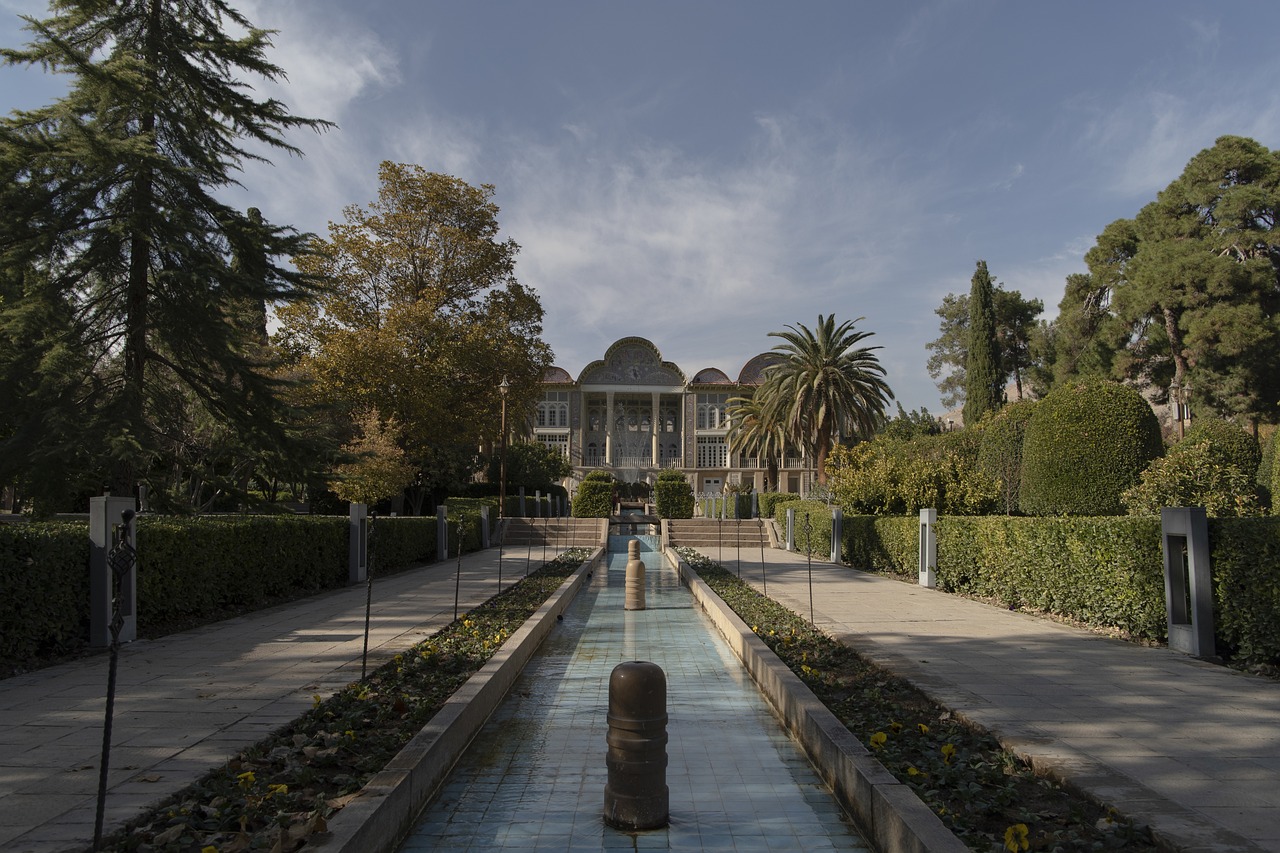 Image by mostafa meraji from Pixabay
Image by mostafa meraji from Pixabay
16. Polynesian Navigation Tattoos
Polynesian navigation tattoos, often referred to as "wayfinding tattoos," are a traditional form of body art that originated in the Polynesian islands, including Hawaii, Tahiti, Samoa, and the Marquesas. These tattoos served both functional and cultural purposes, as they conveyed information about a person's identity, lineage, and, in some cases, their expertise in navigation. They continue to hold a special place in the hearts of Polynesian communities and have become a meaningful form of self-expression for individuals worldwide.
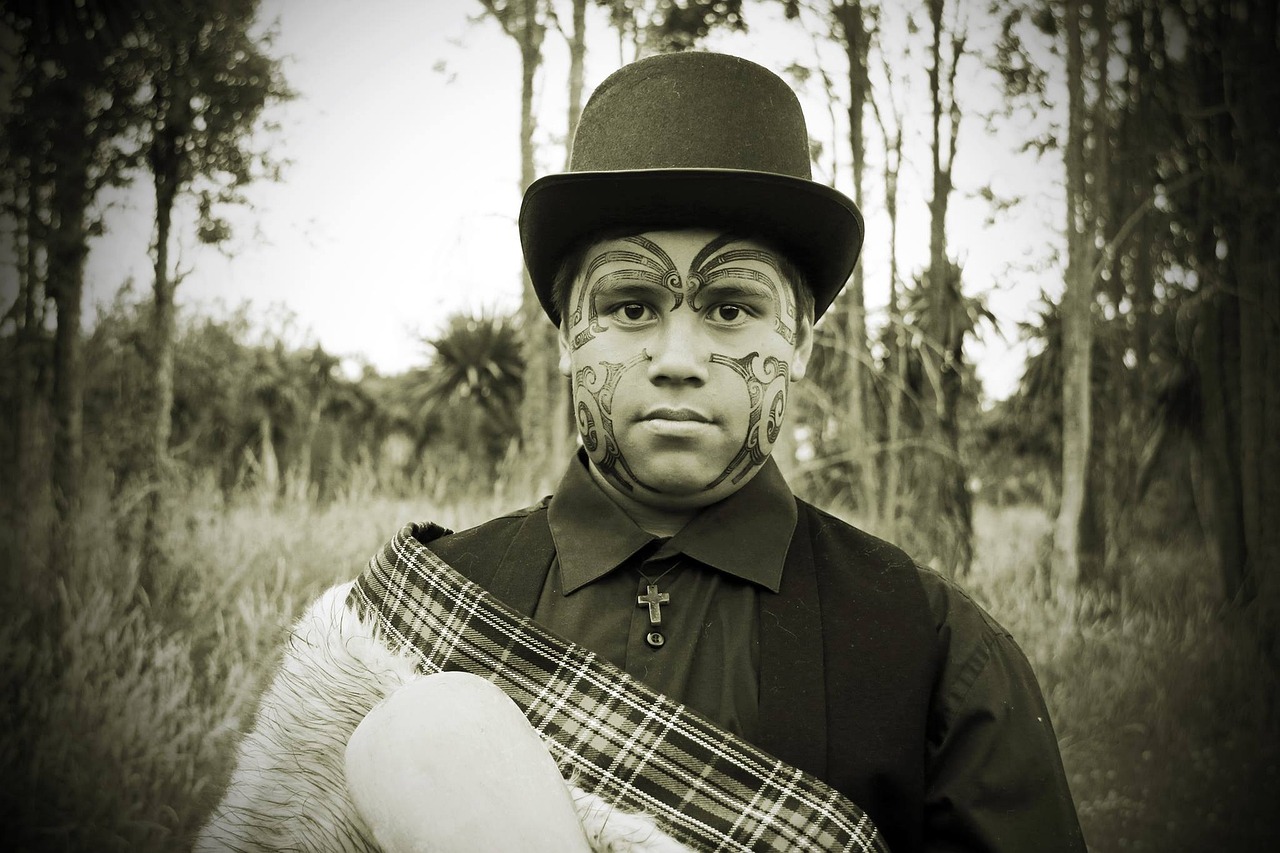 Image by michelle lagatule from Pixabay
Image by michelle lagatule from Pixabay
17. Hebrew Shabbat
Shabbat, often spelled as "Sabbath" in English, is the Jewish day of rest and spiritual rejuvenation that occurs from Friday evening at sunset to Saturday evening at sunset. It is one of the central observances in Judaism and is regarded as a sacred and hallowed time when Jewish people cease from their regular work and dedicate themselves to worship, study, reflection, and spending time with family and community. Various customs and traditions are associated with Shabbat, including wearing special clothing, refraining from using electricity and electronic devices, and engaging in study and discussion of Jewish texts.
 Image by Ri Butov from Pixabay
Image by Ri Butov from Pixabay
18. Minoan Bull Leaping
Minoan bull-leaping, also known as "taurokathapsia," was a daring athletic and religious activity practiced in ancient Minoan Crete, a civilization that existed from approximately 2700 BCE to 1450 BCE. This acrobatic feat involved participants, often young men and women, leaping over the back of a charging bull. Participants would grab the bull's horns and leap over its back, blending athleticism with religious significance.
 Image by Leonhard Niederwimmer from Pixabay
Image by Leonhard Niederwimmer from Pixabay
19. Phoenician Purple Dye
The Phoenicians were famous for their vibrant purple dye extracted from sea snails. This labour-intensive process made the colour highly prized, often reserved for royalty. In many cases, the colour purple was associated with power, wealth, and high social status. Phoenician purple dye, with its deep cultural and historical significance, remains a symbol of luxury and prestige even today. Its legacy can be seen in the continued use of the term "royal purple" to describe rich and regal shades of the colour purple.
 Image by Peggychoucair from Pixabay
Image by Peggychoucair from Pixabay
20. Mongol Falconry
This ancient form of hunting involves using trained birds of prey, particularly falcons and eagles, to capture game, such as hares, foxes, and other small mammals. Mongol falconry reflects the nomadic lifestyle of the Mongolian people and their deep connection with the natural world. These majestic birds were seen as symbols of freedom, and their mastery of hunting highlighted the deep bond between the Mongols and nature.
 Image by Simon Bardet from Pixabay
Image by Simon Bardet from Pixabay
21. Babylonian Astronomy
Babylonian astronomy, one of the earliest forms of systematic astronomy, emerged in ancient Mesopotamia, particularly in the region of Babylon, around 3000 BCE. Babylonian astronomers meticulously observed the movements of celestial bodies, primarily the sun, moon, and planets, recording their positions and motions on clay tablets called cuneiform texts. These observations were not only significant for calendrical and astrological purposes but also contributed to early scientific understanding of celestial phenomena.
 Image by Janusz Walczak from Pixabay
Image by Janusz Walczak from Pixabay
22. Maori Moko Tattoos
The Maori of New Zealand wore moko tattoos, which told stories of lineage, prowess, and status. These intricate tattoos are applied to the face and body and hold deep cultural and spiritual significance. Each moko design is unique and tells a personal story, reflecting the wearer's heritage, ancestry, and social status. The designs were carved into the skin, symbolizing one's life journey.
 Image by Nydegger René from Pixabay
Image by Nydegger René from Pixabay
23. Anatolian Mother Goddess Worship
Anatolian Mother Goddess worship was a prominent religious practice in ancient Anatolia, a region in modern-day Turkey, dating back to the Neolithic period (around 7500-5700 BCE). In ancient Anatolia, the mother goddess was venerated for her fertility and nurturing aspects. Statues and shrines dedicated to her can be found throughout the region, highlighting her significance.
 Image by SashSegal from Pixabay
Image by SashSegal from Pixabay
24. Hawaiian Hula Dance
Hula was more than just a dance for Hawaiians. Hawaiian hula dance is a traditional Polynesian art form deeply rooted in Hawaiian culture and history. It encompasses a rich storytelling tradition, where dancers use graceful movements, hand gestures, and chanting to convey stories, legends, and spiritual messages. Hula is often accompanied by traditional Hawaiian music, including the ukulele and various percussion instruments, creating a harmonious and immersive cultural experience.
25. Etruscan Tomb Murals
Etruscan tomb murals are elaborate frescoes found in burial chambers of the ancient Etruscans, an enigmatic civilization that thrived in Italy from the 8th to the 3rd centuries BCE. These murals are renowned for their vivid and detailed depictions of Etruscan life, including scenes of banquets, religious rituals, and everyday activities. The tomb paintings offer valuable insights into Etruscan society, their religious beliefs, and their artistic sensibilities, as well as provide a glimpse into the lives of the deceased and their journey into the afterlife.
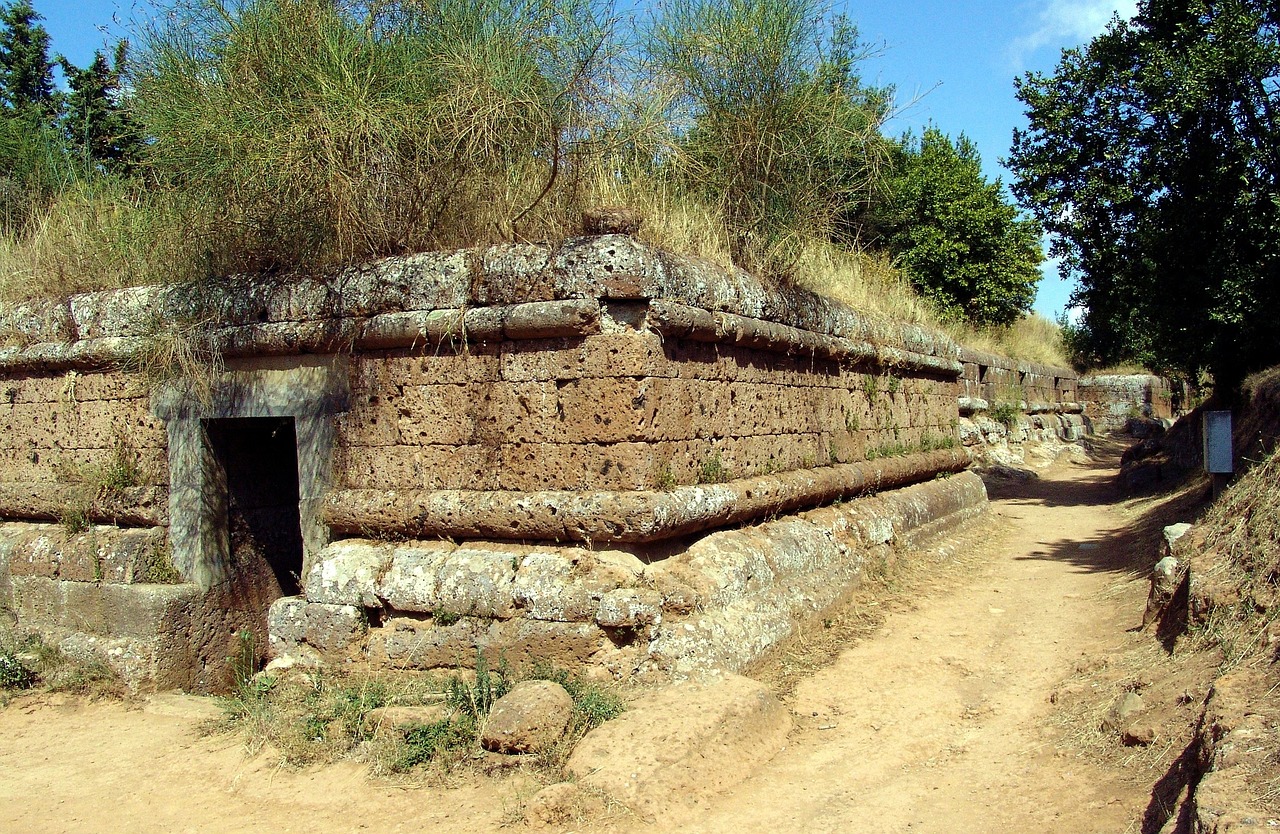 Image by Angelika from Pixabay
Image by Angelika from Pixabay
26. Native American Potlatch
Tribes of the Pacific Northwest held potlatch ceremonies, where wealth was redistributed. The term "potlatch" is derived from the Chinook Jargon word "patshatl," which means "to give away" or "a gift." Potlatches are significant social and cultural gatherings that serve various purposes, including wealth distribution, social status display, and the reaffirmation of tribal and family ties. Leaders would give away or destroy goods to showcase their status and garner prestige.
27. Olmec Colossal Heads
The Olmecs of Mesoamerica carved massive stone heads, possibly representing rulers or deities. These colossal heads are considered some of the most iconic and enigmatic artifacts of ancient America and provide valuable insights into the Olmec culture, which is often regarded as one of the earliest complex societies in the Americas.The purpose remains a mystery, but their craftsmanship is undeniable.
 Image by Angel Chavez from Pixabay
Image by Angel Chavez from Pixabay
28. Byzantine Iconoclasm
Byzantine Iconoclasm was a theological and political controversy within the Byzantine Empire, primarily during the 8th and 9th centuries CE, centred on the use and veneration of religious icons, especially in the Christian Church. The term "iconoclasm" means the destruction or rejection of religious images. During certain periods in Byzantine history, religious icons were seen as idolatrous and were systematically destroyed. This fierce debate about the role of imagery in worship shaped the empire's religious and artistic trajectory.
![]() Image by perfectlypolished1 from Pixabay
Image by perfectlypolished1 from Pixabay
29. Carthaginian Child Sacrifice
Some sources claim that Carthaginians sacrificed infants to their gods, though the extent and purpose remain debated. Some believe it was for prosperity, while others see it as a desperate plea during hard times. The notion of Carthaginians sacrificing children primarily comes from ancient historical accounts, most notably those written by Greek and Roman authors, who were often hostile to the Carthaginian civilization.
 Image by Alexander Gresbek from Pixabay
Image by Alexander Gresbek from Pixabay
30. African Griot Storytelling
In West Africa, griots were oral historians, musicians, and storytellers. Their songs and tales preserved history, traditions, and genealogies, making them essential figures in their communities. Griot storytelling continues to thrive in many West African countries, and griots are considered cultural treasures and historians. Their stories and music provide a powerful connection to the past and contribute to the rich tapestry of African cultural heritage.
 Image by Yaayaa Diallo from Pixabay
Image by Yaayaa Diallo from Pixabay
31. Bantu Initiation Rites
Bantu initiation rites are a diverse set of cultural practices and ceremonies that are performed by various Bantu-speaking ethnic groups across Africa. These rites typically mark the transition from childhood to adulthood and play a significant role in Bantu societies by imparting cultural values, knowledge, and responsibilities to young individuals. These rites involved lessons, challenges, and symbolic acts that prepared the young for their new roles.
 Image by Daniel Albany from Pixabay
Image by Daniel Albany from Pixabay
32. Kushite Pyramid Tombs
The Kingdom of Kush, south of Egypt, had distinct pyramids, narrower and steeper than their Egyptian counterparts. These tombs housed royalty, showcasing the region's rich architectural heritage. The Kushite pyramid tombs are an important archaeological and historical legacy of the Kingdom of Kush. They represent the sophistication and cultural significance of this ancient African civilization and continue to be a subject of study and fascination for researchers and visitors alike.
 Image by Sergey Nemo from Pixabay
Image by Sergey Nemo from Pixabay
33. Australian Aboriginal Dreamtime Stories
Aboriginal Australians shared Dreamtime stories, which explained the creation of the world and its beings. These tales intertwined spiritual beliefs, morality lessons, and cultural history. These stories convey the rich and complex worldview of Australia's First Nations, offering insights into their beliefs, traditions, and connection to the land. They continue to be shared and celebrated as an integral part of Australia's national identity.
34. Scythian Body Tattoos
Scythian body tattoos were a form of body art and decoration practiced by the ancient Scythian people, a nomadic group of Eurasian tribes who lived in what is now parts of modern-day Russia, Ukraine, and Central Asia from around the 9th century BCE to the 4th century CE. The elaborate tattoos likely signified status, achievements, or tribal affiliations. Preserved mummies provide insights into their intricate artistry.
 Image by eugene chystiakov from Pixabay
Image by eugene chystiakov from Pixabay
35. Zoroastrian Sky Burials
Zoroastrianism originated in ancient Persia (modern-day Iran) and has unique beliefs and rituals regarding death and the disposal of human remains. Sky burials are one of the distinctive practices within Zoroastrian funerary customs. Zoroastrians believed the dead's bodies should not pollute the earth. Instead, corpses were placed atop "Towers of Silence" for vultures to consume, returning them to nature.
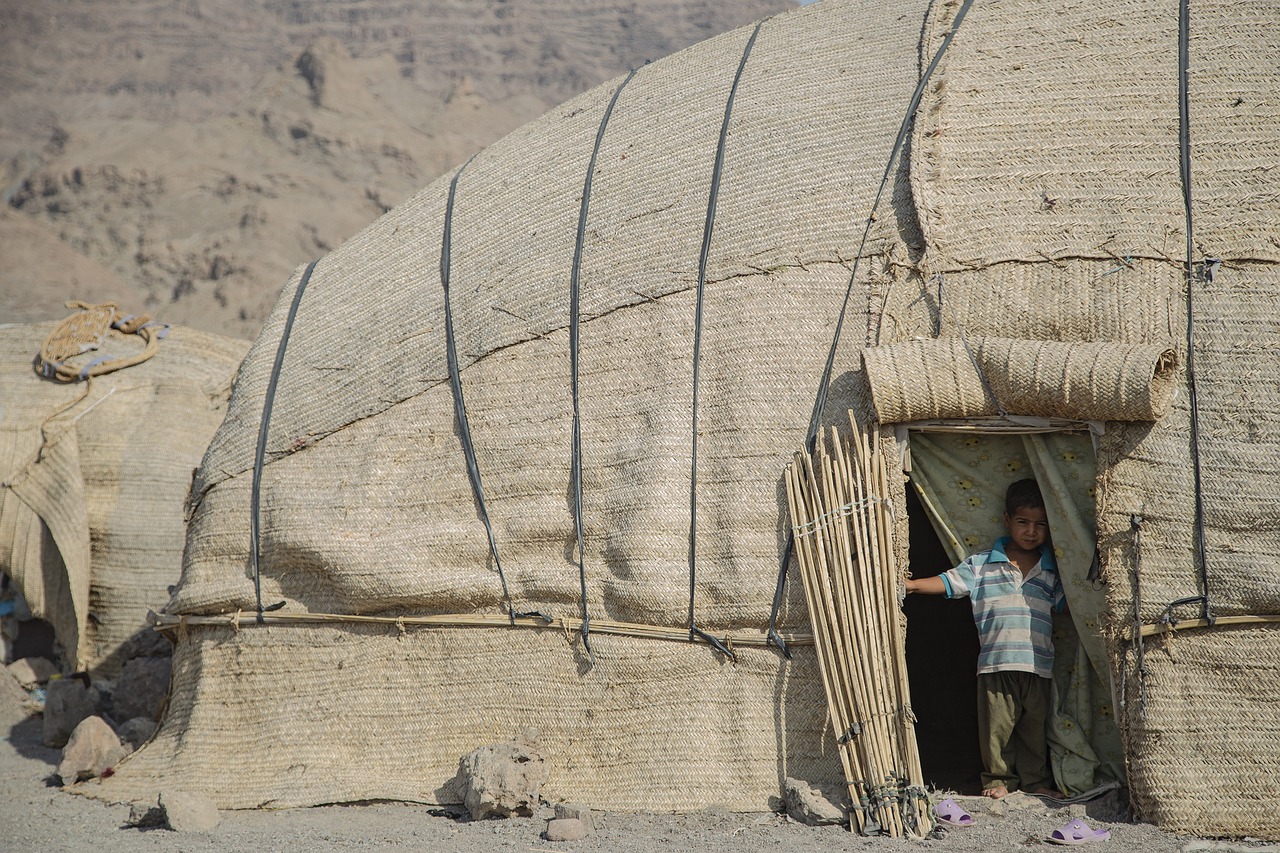 Image by mostafa meraji from Pixabay
Image by mostafa meraji from Pixabay
36. Sumatran Batak Cannibalism
Cannibalism among the Sumatran Batak people, an indigenous group from the island of Sumatra in Indonesia, is a historical and controversial topic. It's important to note that cannibalism was not a widespread or typical practice among the Sumatran Batak, and it occurred within specific historical and cultural contexts. The Batak of Sumatra was rumoured to practice ritualistic cannibalism, consuming enemies to absorb their power. While debated, these stories reflect the intricate beliefs surrounding warfare and spirituality.
 Image by Nos Nguyen from Pixabay
Image by Nos Nguyen from Pixabay
37. Hittite Treaty Ceremonies
The Hittites, known for their diplomacy, created elaborate treaties with neighbouring states. These ceremonies were an integral part of diplomatic relations between the Hittites and other neighbouring powers, and they played a significant role in establishing and maintaining peace agreements, alliances, and treaties. These ceremonies reflected the Hittite people's belief in the divine authority and sacred nature of their agreements.
 Image by yusuf kazancı from Pixabay
Image by yusuf kazancı from Pixabay
38. Malagasy Famadihana
The Malagasy of Madagascar practiced Famadihana, or the "Turning of the Bones." Every few years, they'd exhume ancestors' remains, rewrap them in fresh cloth, and celebrate with dance and music. This ritual reflects the Malagasy belief in the ongoing connection between the living and the deceased. It showcases their deep respect for their ancestors and their unique approach to death and the afterlife.
39. Norse Yule Celebrations
Before it was associated with Christmas, Yule was a Norse midwinter festival. Norse Yule celebrations were an important part of the winter solstice festivities in ancient Norse culture, particularly in the Viking Age and earlier. Yule, also known as Jul or Jól, marked the winter solstice and the turning point when the days began to grow longer. It was a time of feasting, gift-giving, and religious rituals.
 Image by Michelle Raponi from Pixabay
Image by Michelle Raponi from Pixabay
40. Andean Geoglyphs
The ancient Andean civilizations created geoglyphs—massive designs on the ground, best viewed from the sky. These geoglyphs are often made by removing or rearranging rocks, stones, or other materials to create shapes and patterns that can be seen from a distance or from elevated viewpoints. The most famous examples of Andean geoglyphs are the Nazca Lines in Peru, but similar designs and patterns can be found throughout the Andean region. Their purpose remains a mystery, but they showcase the ancient world's incredible ingenuity and artistry.
 Image by Monika Neumann from Pixabay
Image by Monika Neumann from Pixabay
There you have it, fellow time travellers! The ancient world was a mosaic of customs, beliefs, and practices, many of which still influence our modern cultures. So, the next time you're exploring a historical site or museum, remember the rich tapestry of traditions that shaped the stories of our past. Safe travels!




